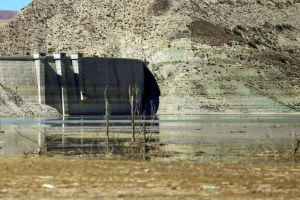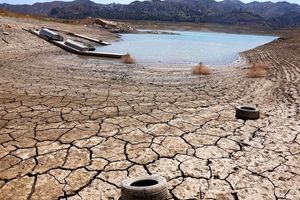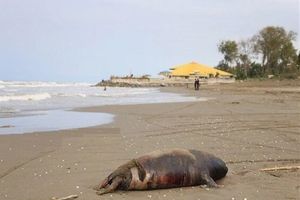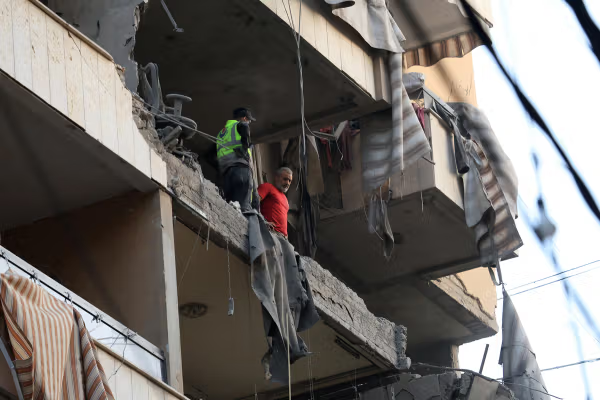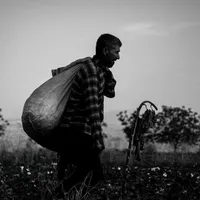The outlet said years of drought and groundwater depletion have left once-fertile fields barren, destroying local agriculture and livelihoods.
Farmers told ILNA that widespread crop failure has driven them to close their orchards and shops, with some families migrating to nearby towns.
“The salt-laden winds have made breathing painful. People are leaving,” one resident said.
Local officials warned that the storms -- clouds of fine salt lifted from the desiccated lakebed -- are contaminating soil and water and triggering respiratory and even cancer-related illnesses among remaining residents.
In the village of GovarchinGhale, population has dropped from more than 470 families to around 130, mostly elderly people, according to the village council.
ILNA cited environmental experts linking the worsening crisis to decades of overpumping and illegal wells.
Urmia County Governor Rasoul Moghabeli said the number of wells in the lake basin had surged from 7,000 to over 90,000 in recent years, putting dangerous pressure on the groundwater.
Officials from the Urmia Lake Restoration Headquarters denied reports of mass migration, saying the reports were politically motivated, but acknowledged that more than 90% of water consumption in the region goes to agriculture -- much of it for water-intensive crops such as apples and sugar beet.
They warned that unless irrigation practices are reformed and unauthorized farmland reclaimed, the salt storms could expand across northwestern Iran within a decade, threatening millions of residents.
The report comes as Iran faces a deepening nationwide water emergency with 19 major dams close to depletion.


